Trade marks and trade mark infringement
Trade marks are crucially important, and businesses should ensure theirs are well protected, as Terry McDermott of Mogers Drewett, who has successfully represented local and regional businesses in trade mark infringement cases, explains.
The confectionary giant Nestlé was once again in the news recently when the company failed in an attempt to convince European judges to let it trade mark the shape of the four-finger version of a KitKat in the UK – not the name ‘KitKat’ or the distinctive red and white packaging, but the four-finger shape of the product.
Nestlé, which is the world’s largest food company by revenue, had argued that, even without the red and white packaging and the word ‘KitKat’ embossed into the chocolate coating, the actual shape of the bar should be regarded as distinct and therefore worthy of a trade mark. The European Court of Justice disagreed and ruled that the four-finger shape of the iconic chocolate wafer is not distinctive enough to qualify for trade mark status.
The Trade Marks Act 1994 gives the owner of a registered trade mark exclusive rights and protection against infringement or use in the United Kingdom without the owner’s consent. The trade mark owner has the right to sue any person who uses an identical or similar mark in the course of trade in connection with identical or similar goods without the owner’s authorisation.
To establish that an infringement has occurred, the trade mark owner must show that the use has caused, or is likely to cause, confusion on the part of the public, except where the mark is identical and is used in connection with the same goods and/or services.
If the mark is well-known, in other words if it has a reputation, there is also a right to prevent use of the same or a similar sign for goods or services, even if those goods and services are not similar, if that use takes unfair advantage of, or is detrimental to, the distinctive character or the repute of the trade mark.
Any sign which is capable of being represented graphically and which can distinguishing the goods or services of a business from those of another can, in theory, be registered as a trade mark (although there are certain grounds for refusal). Well known examples of ‘trade markable’ signs include; words, for example Apple for computers, software, and peripherals; slogans such as Audi’s ‘Vorsprung durch Technik’ (which took seven years to trademark); graphical designs such as the Apple logo; Letters and initials, for instance HMV; Internet domain names; the shape of goods or their packaging, for example the Coca Cola bottle; colours, such as the Vodafone red; sounds, such as the MGM roaring lion; and even smells, Unicorn Products registered a UK trade mark for ‘the strong smell of bitter beer applied to flights for darts.’
In business your trade mark forms part of your reputation and the value of your business. Use by another can not only mean they are profiting from your efforts, but may cause harm to your company by association. It is vitally important to act quickly if you suspect a trade mark infringement so that damage can be limited.
If you would like more information please contact Terry McDermott, Solicitor Dispute Resolution on 01225 750063 or email tmcdermott@mogersdrewett.com.
